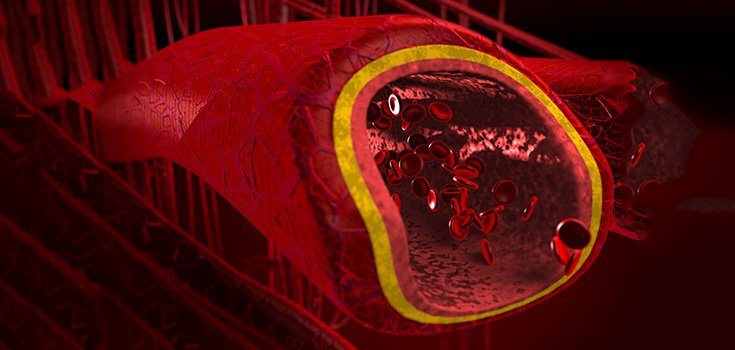Blood Clots: ‘The Silent Danger of Road Trips’

Who would ever believe that just sitting in the same spot for hours on extended road trips or long flights could be so dangerous? What is now a not-so-well-known fact is that blood clots that can, and do, occur more often than most would believe during road trips.
“Extended travel time is a risk factor for developing a DVT (deep vein thrombosis,) a blood clot that develops in a large vein, usually the leg. The real danger from a DVT is the potential for it to travel to the lungs, resulting in a pulmonary embolism. In about a third of cases, pulmonary embolisms are fatal.” [1]
For years the advice has been given to periodically pull over to the rest stops on long road trips if for no other reason than to freshen up and move your body so as to shake off the inevitable car stiffness. The same recommendation has been given for extended overseas flights. The importance of this practice cannot be overstated, particularly in light of the stats quoted above.
Many are quick to dismiss the necessity of making ‘pit stops’ as they travel by automobile with the excuse that they must arrive at the destination on time. Many do not even consider the profound changes in the body which can occur by sitting in the same position for prolonged periods of time.

Of course, there are multiple risk factors at play, including heredity, health status, and dietary intake, which ought to be taken into consideration. Likewise, there are various medical conditions and health problems that clearly increase the potential for deep vein thrombosis (a blood clot that forms in a vein deep in the body). Diabetes and obesity, metabolic syndrome, and hypertension are just a few of those which should alert an individual to their enhanced risk of a DVT event.
Read: How Vitamin K is Essential for Blood Clots
Other significant risk factors include recent surgery, cancer, heart disease, previous stroke, smoking, pregnancy, and birth control pills. One of the biggest risk facts of all is frequent and extended travel times where any meaningful movement is restricted for long periods. This predicament speaks directly to the serious need of enhancing circulation, particularly in the legs.

What’s the Best Way to Travel so as to Prevent a DVT Event?
The following excellent guidance has been provided by Dr. Karen Latimer. Each of of these suggestions should be taken seriously for those who have any significant combination of the aforementioned risk factors.
“How to minimize your risk of developing a DVT during road trips:
- Make sure you are sitting in a comfortable position.
- Stretch your legs frequently. Rotate your ankles, raise and lower your toes, extend your calves, and generally get your legs moving every 15 minutes.
- Take breaks to get out of the car for a few minutes. Even though I know you want to stay on schedule, factor in the need for walking breaks.
- Wear comfortable, loose fitting clothing that does not constrict you at the waist or legs.
- Stay hydrated. Dehydration will compound the risk for clots to form. Think of it this way. If you drink a lot, you’ll be forced to take a few bathroom breaks, which will get you up and out of the car.
- Avoid caffeine and alcohol.
- If you take aspirin or blood thinners, make sure to take them on the days leading up to and following travel.” [1]
Overseas Flights Require These As Well As Other Measures
Extended flights can especially restrict body movement and therefore require special measures to prevent blood clots. Of course, there is much less control over the environment while in flight; therefore, getting the requisite amount of movement is more difficult.
Getting up and out of your seat whenever possible is highly recommended, if even to take trips to the rest room. Further, doing a few beneficial stretches shown here can be quite helpful. Not having the seat belt on tight is very important.
If the airliner is a jumbo jet, there is often a little more space and opportunity to walk around a little. The key point is to walk around and move the legs however possible.
If there are empty seats toward the back of the plane, occupying a quiet area with the stewardess’ permission would be good in order to perform a quick massage to cramping legs. However, in the event of a suspected blood clot, deep massage should be avoided. Cramps cannot be overworked, however, until the pain and cramping are gone.
Sources:
[1] AOL
